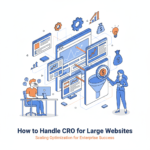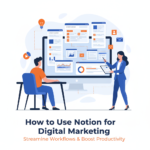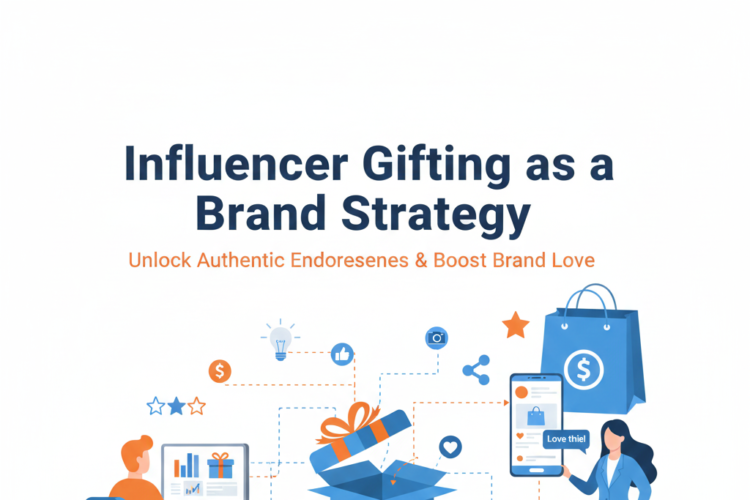
In today’s digital landscape, influencer marketing has emerged as a powerful way to build brand awareness, increase engagement, and drive sales. However, effective influencer outreach requires a strategic approach to build meaningful relationships and achieve measurable results. This guide provides a step-by-step framework for influencer outreach, from identifying the right influencers to fostering long-term partnerships.
1. Understanding Influencer Marketing
Influencer marketing involves collaborating with individuals who have a significant following and influence in your target audience. These influencers can amplify your brand’s message through authentic content, helping you connect with potential customers.
Key Benefits:
- Increased brand visibility
- Enhanced trust and credibility
- Higher engagement rates
- Better ROI compared to traditional advertising
2. Define Your Goals and Objectives
Before reaching out to influencers, it’s crucial to identify what you want to achieve. Common goals include:
- Brand Awareness: Expanding your reach within a specific niche.
- Engagement: Driving likes, comments, and shares on social media.
- Conversions: Boosting sales or lead generation.
- Content Creation: Acquiring high-quality user-generated content for marketing.
Clearly defined goals will help you measure the success of your campaign and select the right influencers.
3. Identify the Right Influencers
Choosing the right influencers is pivotal to the success of your campaign. Consider the following factors:
- Relevance: Do they align with your brand’s values and audience?
- Reach: How many followers do they have on their platforms?
- Engagement Rate: Are their followers actively engaging with their content?
- Authenticity: Do they have genuine interactions with their audience?
- Platform: Are they active on platforms where your target audience spends time?
Tools like BuzzSumo, Upfluence, and HypeAuditor can help you discover and evaluate potential influencers.
4. Build a List of Potential Influencers
Create a list of influencers who fit your criteria. Include details such as:
- Name and contact information
- Social media handles
- Audience demographics
- Engagement metrics
- Past collaborations
5. Craft a Personalized Outreach Message
When reaching out to influencers, personalization is key. A generic message is unlikely to capture their attention. Instead, tailor your message to show genuine interest in their work and how a collaboration would be mutually beneficial.
Example Message:
Hi [Influencer’s Name],
I’m [Your Name], [Your Position] at [Your Brand]. I’ve been following your work on [specific platform] and love your content, especially [mention a specific post or campaign].
We believe that your values and audience align perfectly with our brand, [Your Brand], which focuses on [briefly describe your brand’s mission]. We’d love to collaborate with you on [specific campaign/project idea].
Please let me know if you’re interested, and I’d be happy to share more details. Looking forward to hearing from you!
Best regards,
[Your Name]
6. Offer Value to the Influencer
Influencers receive numerous collaboration requests, so it’s essential to stand out by offering value. This could include:
- Financial compensation
- Free products or services
- Access to exclusive events or experiences
- Cross-promotion opportunities
Ensure the offer aligns with the influencer’s effort and audience reach.
7. Establish Clear Campaign Guidelines
To ensure your collaboration runs smoothly, provide influencers with a clear brief that includes:
- Campaign objectives
- Key messaging points
- Content guidelines (tone, style, format)
- Deadlines and deliverables
- Disclosure requirements (e.g., #ad or #sponsored)
However, allow influencers creative freedom to maintain authenticity.
8. Track and Measure Results
Use analytics tools to monitor the performance of your campaign. Key metrics to track include:
- Impressions and reach
- Engagement rate
- Click-through rate (CTR)
- Conversions or sales
- Return on investment (ROI)
Analyze the data to assess the campaign’s success and identify areas for improvement.
9. Foster Long-Term Relationships
Building lasting relationships with influencers can lead to more authentic and impactful collaborations. Stay in touch even after the campaign ends by:
- Engaging with their content
- Offering exclusive opportunities
- Providing constructive feedback
- Expressing gratitude for their efforts
10. Stay Compliant with Regulations
Ensure your campaign adheres to relevant advertising and disclosure laws, such as:
- Federal Trade Commission (FTC) guidelines in the U.S.
- Advertising Standards Authority (ASA) guidelines in the U.K.
- Properly disclosed sponsored content with hashtags like #ad or #sponsored.



